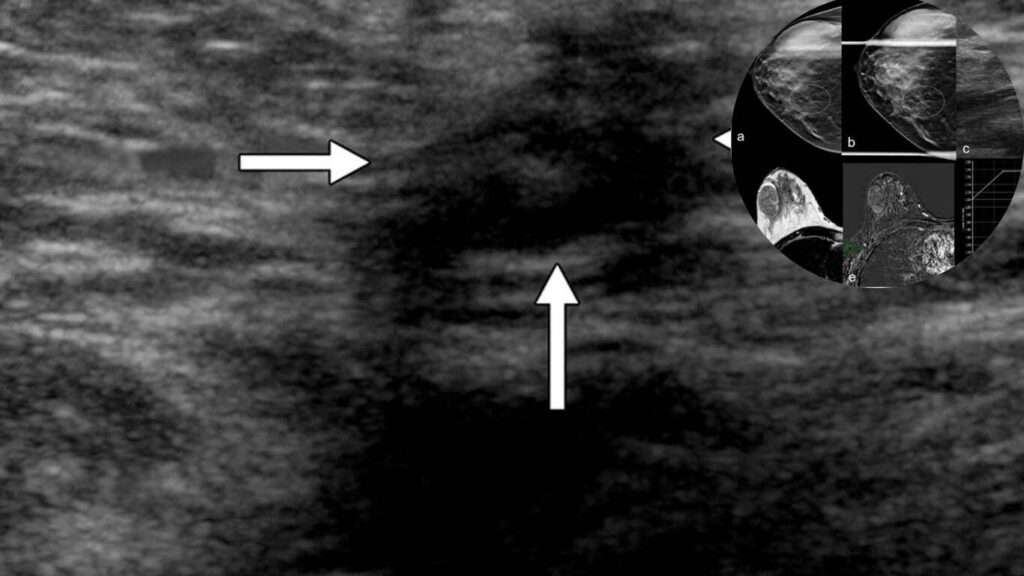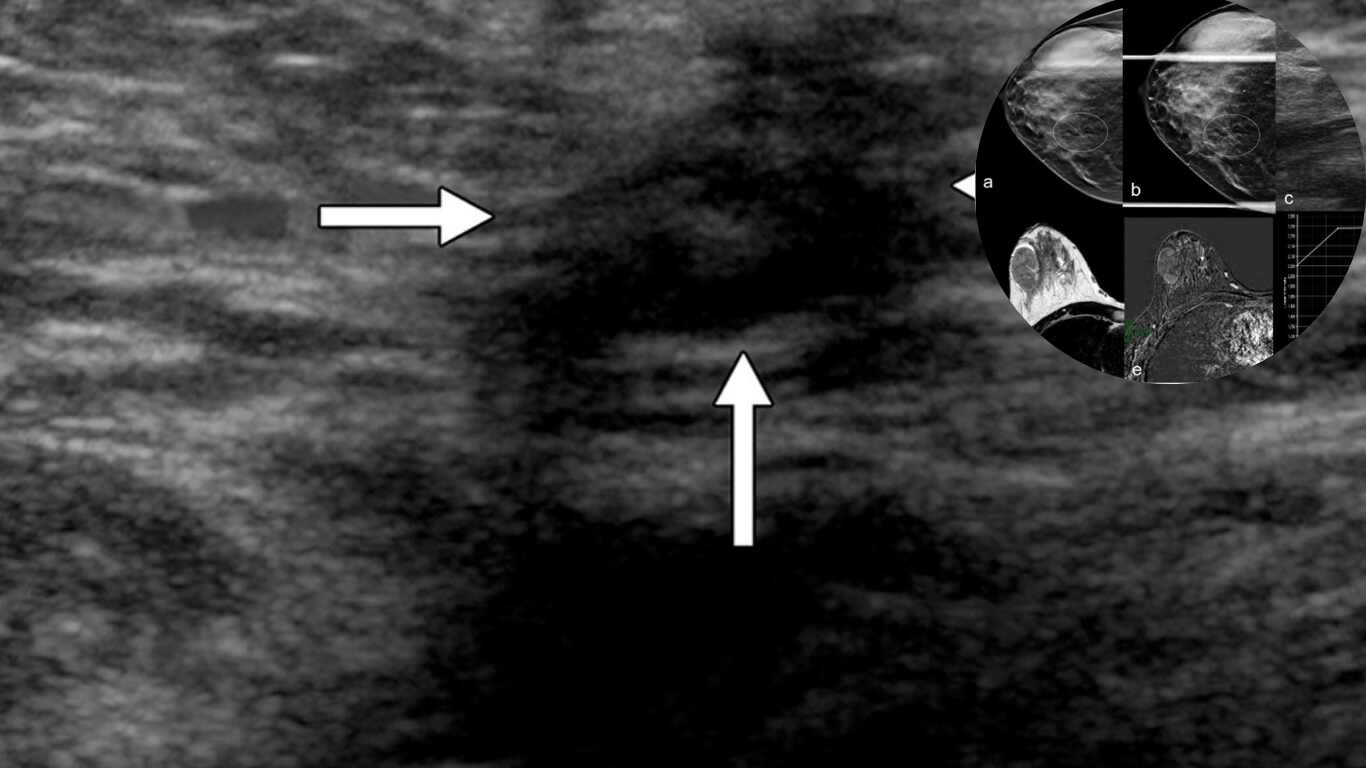In a context of mammography and breast cancer diagnosis, architectural distortion (AD) is a term that frequently appears. An architectural distortion is an abnormality in the breast tissue structure that looks irregular or distorted on imaging scans. And that’s one of the early indicators of breast cancer, so it’s important that we have a discussion in the medical field about breast cancer diagnosis and what to look for.
But the big question is — Can architectural distortion vanish? Because breast cancer is so prevalent, knowing whether this phenomenon can happen on its own or with intervention will have widespread implications for breast cancer detection and treatment.
| Patient ID | Imaging Date | Lesion Location | Type of Lesion | Presence/Severity of Architectural Distortion |
|---|---|---|---|---|
| P001 | 2022-01-01 | Left Breast | Benign | Moderate |
| P001 | 2023-01-01 | Left Breast | Benign | Minimal |
What is architectural distortion?
Definition and Causes
Architectural distortion is the abnormal architecture of breast parenchyma that is distorted or not oriented without a definite mass. This is one of those sneaky but significant findings of mammography, because it can be benign or malignant.
Benign Causes: Scar tissue, previous surgeries done, infections, or inflammation in the breast may also lead to growth.
Potential malignancies: Architectural distortion may also be an early sign of breast cancer, especially invasive lobular carcinoma or ductal carcinoma in situ (DCIS).
So understanding why AD occurs is important for what comes next in patient care.
Detection Challenges
The Architectural Distortion of Subtlety
One major barrier is that architectural distortion can be quite subtle on imaging. Its irregularity, by contrast, can be stealthy enough to evade detection even by seasoned radiologists that learn the telltale signs of a distinct mass or calcifications.
What makes it harder to detect? AD does not present as a lump but as a distortion of normal breast tissue lines. This makes it difficult to visually identify.
The Role of Technology: This means spotting these subtle abnormalities, which is where advanced imaging techniques — such as computer-assisted detection (CAD) systems — are becoming more crucial.
Is Architectural Distortion Able to Vanish?
The disappearance of architectural distortion is a controversial issue. So to actually answer this, we’re looking at two big scenarios: things that are resolved naturally, and things that are worked on medically.
Transformations That Might Occur on Their Own vs. Interventional Changes
Natural Changes Over Time
How to Diagnose New Radiologic Findings?
Will architectural distortion just eventually “go away” by itself? The answer isn’t simple, and you will have to look to the underlying cause to know:
Where AD is due to benign causes like inflammation or hormonal shifts, it may resolve with no involvement.
For instance, other studies have suggested that fluctuations in hormones during menopause or pregnancy are sometimes linked with temporary alterations in breast tissue that can mimic architectural distortion. Many of these cases will resolve without any medical treatment.
But if it’s a malignancy driving the distortion, it’s not going away without intervention.” In fact, it can get worse or worsen over time, which is why it requires immediate medical evaluation.
You may also read (what is the greek architecture)
The Impact of Medical Interventions
Surgical Versus Therapeutic Effect on the AD?
When mammograms show architectural distortion, medical interventions can obviously change how that looks:
ARCHITECTURAL DISTORTIONIN SCAR TISSUE AFTER BREAST SURGERY (E.G. BIOPSY, LUMPECTOMY) As the tissue gradually heals, the distortion should subside or become less pronounced over the months.
Therapeutic Treatment: In cases of malignancy-related AD, simulators for chemotherapy, radiation, or hormone therapy may attenuate or even abolish the abnormality. For example, a successful treatment of cancerous tissue may cause any associated distortion to not be apparent on follow-up imaging.
If possible, provide some research findings or case studies.
3.Clinical Observations And Studies
There is a literature with numerous case studies and findings that point to how architectural distortion develops, over time:
According to a study in the journal Frontiers in Oncology, a few benign architectural distortion cases spontaneously resolved, particularly in younger women undergoing hormonal fluctuation.
Conversely, resolution for malignant cases necessitated targeted therapies or surgical interventions. Upon initiation of treatment, cancer-related AD either persisted or progressed.
We can summarize some major findings in the table below:
The main cause of AD Can it because it can naturally disappear? Can It Go Away with Treatment? Benign (e.g., scar tissue)Yes Yes Malignant (e.g., cancer)Rarely Yes Hormonal changes Yes Not usually required
Disappearance: Factors Driving It
Many biological and technological factors will enable the disappearance of architectural distortion.
- Biological Factors
- Tissue Healing Processes
- In cases of benign aetiology, the body’s natural healing mechanisms may sometimes resolve AD. For instance:
- Scar tissue from previous surgeries can soften or stabilize over time and cause less distortion.
Infections cause inflammatory changes which can be cured with antibiotics or other treatments, and that can cause normal appearance of breast tissue.
- Hormonal Changes Over Time
- Hormonal fluctuations are a primary driver of breast tissue architecture. For example:
Hormonal changes during pregnancy, breastfeeding or menopause can cause temporary changes in breast structure. They can occasionally simulate architectural distortion but may go away spontaneously once hormone levels normalize.
Imaging Techniques Evolution
Innovations in Mammography Technology
The development of imaging technology has substantially enhanced the detection and monitoring of architectural distortion:
Digital Breast Tomosynthesis (DBT): This cutting-edge imaging technique offers a 3D view of the breast, which helps to identify subtle distortions that may have been missed on traditional mammograms.
Artificial Intelligence (AI) – AI applications are being used for improving architectural distortion detection. They can minimize false positives and help ensure that subtle irregularities are not missed.
Impact on Breast Cancer Detection
Whether architectural distortion can resolve has significant implications for breast cancer diagnosis and management.
- Improve the Diagnostic Accuracy Using Technology
- The Role of AI and Deep Learning Models
- Artificial intelligence has transformed mammography by helping diagnose its accuracy:
AI models can assist radiologists in detecting subtle signs of architectural distortion earlier, which is essential for detecting cancer early.
These technologies also help reduce variability among individual radiologists, leading to more uniform outcomes.
Implications for Clinical Practice
For Radiologists
Improved imaging devices and AI systems also aid in the training of radiologists to recognize and interpret subtle signs of architectural distortion.
This also limits the potential for misdiagnosis or delays in diagnosis and treatment, resulting in better patient outcomes.
For Patients
The early and accurate detection of architectural distortion allows for earlier intervention that increases survival rates in breast cancer cases.
Patients also experience less unnecessary worry that can come from false reads from outdated or less accurate imaging methods.
Conclusion
In short, architectural distortion can sometimes go away, but it often depends on the reason behind it. In benign cases, it can disappear spontaneously or through normal healing processes. However, in cases of malignancy, medical means are necessary to eject the origin of distortion.
With each evolution in imaging technology — including artificial intelligence (AI) and digital breast tomosynthesis (DBT) — came a renewed approach to detecting, monitoring, and assessing architectural distortion. Together with current research, these innovations promise to make breast cancer diagnosis and patient outcomes far better.
But ultimately, the way this information about architectural distortion behaves is crucial to both radiologists and patients. So, let’s not lose hope and look forward to more robust and accurate breast cancer diagnostic methods in the future with new and innovative tools.
You may also read (east facing house be laid out)






